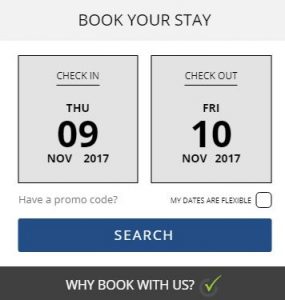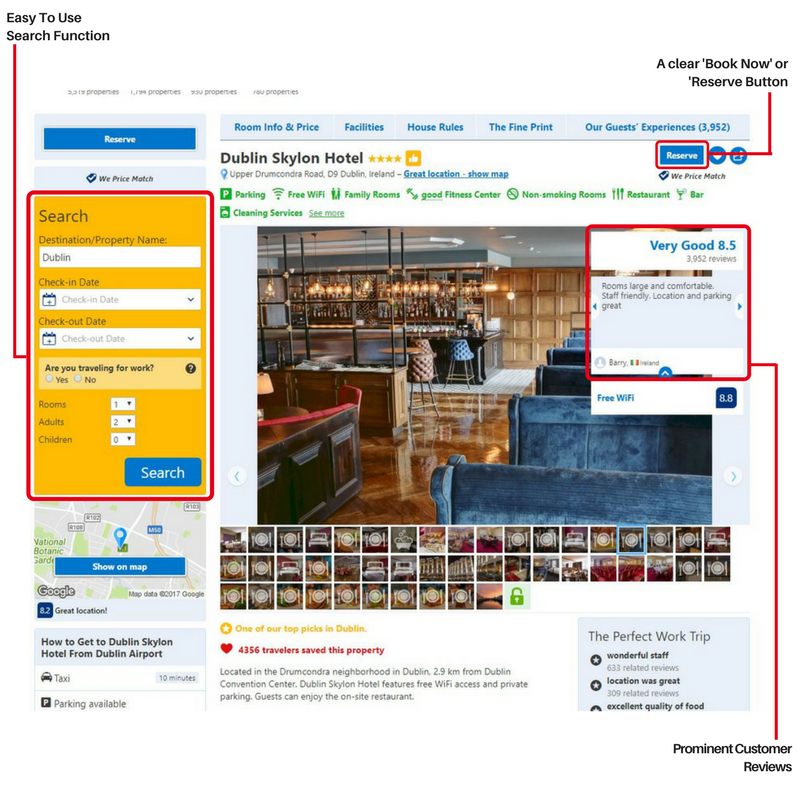How often do you go to your hotel website and look at it with fresh eyes? It can be difficult to look at your own hotel website impartially, from the user’s perspective. The solution to this problem is to conduct a usability test.
What Is A Usability Test?
A usability test refers to the process of evaluating a product or in this case, your hotel website, by testing it on users.
Your website could be costing you a load of bookings if you don’t test it periodically to see what is working and what isn’t. Usability tests allow you to get valuable insight into how your users are interacting with your site and will highlight which touchpoints users are abandoning their booking.
The aim is to offer users an intuitive interface, which has a speedy booking process requiring minimal effort from the user.
Why Are Usability Tests Important?
OTA giants like Booking.com are so successful because they constantly test, and modify their browsing and booking experience. As with all multinationals, such OTAs have the budget and resources to carry out these extensive tests and research into user experience and its impact on conversion rates, so it’s worth taking note when they make changes to their site.
Emulating OTA user experience is effective because the user will be more familiar with these sites, using a similar layout will make your site even easier for them to navigate.
Key points to look for:
- Destination and date selector;
- Bright colours and obvious positioning;
- Book Now button stays in the same place and is prominent.

How To Prep For A Usability Test
- Ask yourself the following types of questions to figure out what insight you hope to gain from the usability test. Are you testing how visitors are finding the information they need on your site? Perhaps, whether users have all the information they need to book? Or, how easy it is for users to complete actions such as making a booking.
- Next step is to choose your usability testers. These will need to be a mixture of people who are both familiar and a stranger to your property and website. You can use employees, friends, family, guests, and total strangers.
- Use at least 5 testers to conduct the usability test, that should be enough to highlight the key areas for improvement without being a drain on your time to sort through the results.
What To Do During The Test
- Never give any advice, or help to testers whilst they’re testing your site as this will dilute your results.
- You can either sit side by side with your tester to watch with your own eyes how they navigate the site or, you can ask them to fill in a survey to rate their experience.
- To avoid any ‘placebo effect’ from skewing results, it’s a good idea to give your tester several other hotel websites to test at the same time. Not only will they not know which one is your site, you will also see what is working and not working for other hotel websites too.
How To Implement The Results
- After the testing has been carried out, create a focus group or one-on-one chat to discuss the findings in more detail – gauge their overall reaction to their user experience, and record all suggestions.
- Once you have a list of action points taken from the testers feedback, aim to fix one problem at a time. Prioritize which issues are deterring conversions the most, in order to solve the bigger issues ahead of the minor ones.




